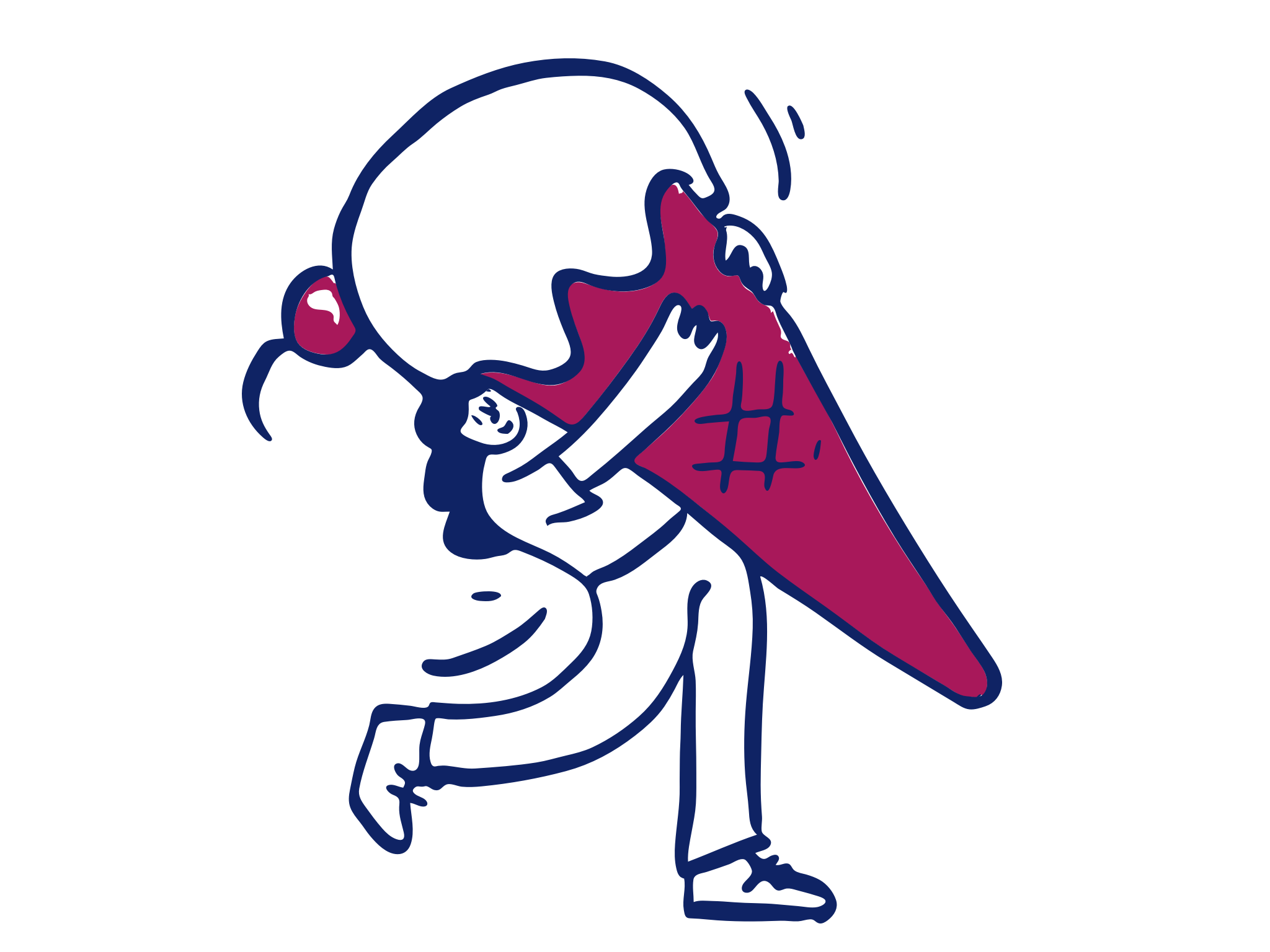Unconscious biases are cognitive errors in the way we process and evaluate information. They are stored deep inside the brain and influence our decisions, most of the time without us noticing. Unconscious bias is a big obstacle on the path to a more diverse and inclusive organization.
Re-Thinking Diversity uses insights from behavioral science to systematically mitigate the impact of these biases. We do this by proposing targeted and highly effective modifications to existing decision-making and evaluation processes, instead of solely focusing on bias awareness.
Behavioral design not only reduces the influence of gender biases, but also filters out the undesired effects that many other biases and mental shortcuts have on solid decision-making and the overall organizational culture. With this approach, you can significantly increase the probability of being objective and inclusive and the overall diversity within the organization – and avoid missing out on diverse talent.
A list of biases and mental shortcuts that affect the quality of your decision-making
Affinity bias describes the tendency to like and prefer people who are similar to us
Confirmation bias leads to he search for information that confirms preconceived ideas
Performance bias describes describes the tendency to underestimate women’s performance and overestimate men’s
Maternal bias describes the assumption that mothers are less dedicated to their careers or less competent
Attribution bias involves making inferences about the behaviors of others, with the attributions often prone to errors and biases
Anchoring bias describes the tendency to rely too heavily on or “anchor” to one trait or piece of information when making decisions
Groupthink happens when individuals suppress their own thinking in order to conform
Recency effect is a memory phenomenon in which people tend to recall the most recent information more accurately
Halo effect happens when judgments on one aspect of something unduly influence the judgment of other aspects
Order effects describe how people respond to things differently depending on the order in which they are presented
Cognitive load means that we make poorer decisions when many successive decisions put a strain on our brains
Decision fatigue refers to the deteriorating quality of decisions made by an individual after a long session of decision making
Framing effects occur when objectively equivalent information is presented in either positive or negative terms
Overconfidence effect describes a person’s subjective confidence in his or her judgments that is greater than the objective accuracy of those judgments
Peak-end rule relates to how people remember past events, with intense positive or negative moments and the final moments of an experience heavily weighted
